Getting Started in Data Pipeline Design
At the outset, building a data pipeline might seem like a task limited to transferring data between systems. However, the process unwinds into a complex journey where each decision impacts data quality, auditability, and how effectively data informs decisions downstream.
Understanding the Medallion Architecture Layers
One widely adopted pattern for organizing large-scale data processing is the Medallion Architecture. This architectural approach segments the flow of data into three main stages. Each layer serves a distinct purpose and helps streamline the journey from raw input to business insights.

Bronze: Raw Data Storage
The initial stage, called the Bronze layer, is dedicated to capturing unprocessed data exactly as it arrives from source systems. Its main value lies in providing a reliable history of the unaltered data, which makes it ideal for auditing and troubleshooting. At this point, changes to the data are minimal to preserve its origin.
Silver: Data Cleaning and Modeling
After storage in the Bronze layer, the Silver layer handles validation, correction, and the application of basic logic to data. This is where missing values may be addressed, data types standardized, and simple normalization performed, molding the data into more consistent and usable form. The goal is to establish a trusted and structured dataset as the foundation for advanced processing.
Gold: Analytics-Ready Data
The Gold layer represents the final transformation stage. Data here is aggregated, summarized, and tailored to meet specific business reporting needs. This can involve generating key metrics, combining datasets, or implementing business rules. Datasets from the Gold layer feed dashboards and analytics, supporting informed decision-making.
Challenges in Pipeline Architecture
While the Medallion pattern brings much-needed structure, real-world design choices can quickly become overwhelming. Some questions that often arise for those new to this pattern include:
- At what point should data cleansing and validation happen — in the Bronze or Silver layer?
- Should normalization take place early on, or be reserved for the Silver or Gold stages?
- Where do you encode business logic: in the Silver layer for transparency, or in the Gold layer for flexibility?
- How do you efficiently trace and resolve failures if a report is missing data or a dashboard is incorrect?
Optimizing Layer Responsibilities
Clear boundaries between layers ease pipeline maintenance and debugging. Below is a table outlining recommended responsibilities in each layer to help prevent overlap and confusion:
| Layer | Main Responsibilities | Examples |
|---|---|---|
| Bronze | Capture & Store Raw Data | Log files as-is, unaltered third-party syncs |
| Silver | Cleanse, Validate, Structure | Remove duplicates, type corrections, schema evolution |
| Gold | Business Aggregation & Enrichment | Revenue calculations, KPI summaries, joining datasets for reports |
Lessons Learned After Real-World Implementation
Through trial and error, practitioners develop a few guiding insights for building robust pipelines:
- Preserve raw data at the Bronze stage. This allows returning to the source if errors arise downstream.
- Implement validation early. The quicker invalid or corrupt data is caught, the easier it is to manage issues.
- Centralize business rules in the Gold layer. This reduces repetition and localizes logic for easier updates.
- Document everything. Clear notes on each transformation and rule help future troubleshooting and onboarding.
Wrapping Up
While Medallion Architecture streamlines ELT processes, successful pipelines depend on consistent boundaries and thoughtful placement of operations. By thoroughly separating raw, cleansed, and business-ready data, teams can ensure reliable analytics and easier long-term maintenance.